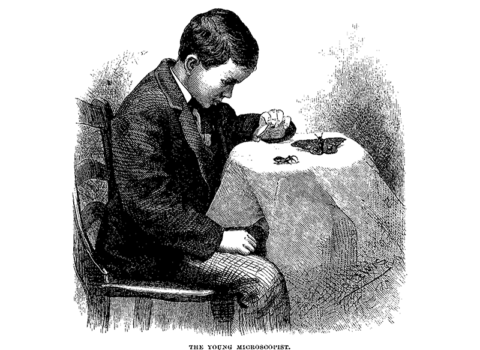Austerity
If we are to believe the New York Times, America, on both the right and the left of the political spectrum, rejected “extremists” in the recent midterm elections. An analysis published on November 14 by the leading anti-Trump newspaper discovered an electorate supposedly inclined toward “moderation.”
Indeed, the loss of a few crazy Trumpists—notably in Arizona, Pennsylvania, Nevada, and Oregon—and the fact that the Democrats managed to hang on to the Senate—raised hopes that the “red wave” the former president had promised has been crushed by the counter-current of reason.
This optimism was shared by the Wall Street Journal, a newspaper that is supposed to be the ideological antithesis of the Times. Like all of Rupert Murdoch’s publications and television channels, the right-wing Journal practically celebrated the defeat of Trump-backed candidates, even though the paper remained frustrated that Republicans missed the opportunity to win a larger majority in the House of Representatives. For the Journal, President Biden and the Democrats, weakened by rampant inflation and crime, represented the perfect targets for more even-keeled candidates than Trump protégé Dr. Mehmet Oz, who was better known for his popular television show and his lucrative relationships with “health” promoters than for his surgical or political expertise.
Since the Democrats still control the Senate, too bad for Mitch McConnell, who will remain Minority Leader. In any case, the bipartisan relief in the media was felt across the four corners of the United States. Trump’s announcement of his presidential candidacy for 2024 did nothing to stay the avalanche of ridicule against him. He is now being treated as a loser, the worst possible insult for the former reality-television host. According to many experts, Trump is finished, and the country is pretty much saved.
Except that these experts are mostly wrong. Nothing was settled last November 8. On the contrary, America’s political and cultural divide is widening along with the gap between the ultrarich and everyone else. The infamous 1 percent of the population continues to accumulate more and more money: at the end of 2021, they owned 32.3 percent of the country’s wealth compared with the bottom 50 percent, who owned 2.6 percent. Even more troubling is the fact that the middle class is continuing to shrink: 61 percent of adults were considered middle class in 1971, compared with 50 percent today.
The genius of American capitalism once rested on a fair distribution of wealth among workers—thanks to great innovators like Henry Ford but also brilliant union leaders like Walter Reuther—allowing them to join the middle class. With the massive relocation of jobs over the past fifty years to countries that can provide cheaper labor, the social advancement that the unions once achieved for their members has become almost impossible. The drop in wages for formerly unionized men and women—not to mention the loss of health and education benefits—is serious enough as it is. But the children of workers are also trapped, given the growing cost of attending public and private universities.
This austerity—the brutal reduction in the income of the entire working class—doesn’t affect just individual bank accounts. An entire community is attacked when a factory closes its doors: the corner grocer, the hardware store, the volunteer and social organizations, sports leagues, and public schools (so dependent on local property taxes). As a community crumbles, the self-esteem of local residents tends to crack and is replaced by resentment, which, often, is stoked and exploited by charlatans like Dr. Oz and his sponsor Trump.
Even worse is the elimination of a progressive union culture—such as that of Walter Reuther’s United Automobile Workers (UAW)—in midsize cities. The UAW reached peak participation in 1979, with 1.5 million members. At the height of its influence, this pro-democratic union established an alternative and supplemental civil society in places like Flint, Michigan, Fostoria, Ohio, and Aurora, Illinois. The UAW provided technical training, general education—which also addressed politics and social democratic philosophy—and even a social life for its members to a level unheard of these days.
The decline in UAW membership to 391,000 people as of February 2022 goes hand in hand with the weakening reputation of the Democratic Party as the worker’s party. James Madison noted that “education is the true foundation of civil liberty,” which was clearly lacking on January 6, 2021; it was ignorance, and not violence, that was most striking about the Capitol rioters. We have fallen far short of Madison’s and Reuther’s ideal educated citizen.
Allysia Finley, a columnist for the Wall Street Journal, recently compared the popular rise of the two-faced Trump to that of the cryptocurrency “entrepreneur” Sam Bankman-Fried, supposed champion of a less “exclusive” form of finance, who is now surrounded by the ruins of his empire. Bankman-Fried notably deposited $37 million into Democratic Party coffers during his reign as media darling.
Unfortunately, it is wishful thinking to predict a similar collapse for the “populist” Trump. Before he was arrested, Bankman-Fried was seeking $8 billion to bail out his business. Without a James Madison or a Walter Reuther to discourage them, there are no doubt plenty of Trump voters still ready to be taken in by his type of con.



